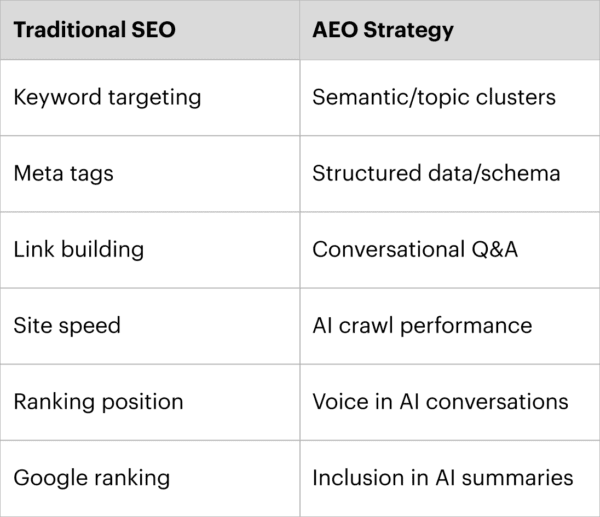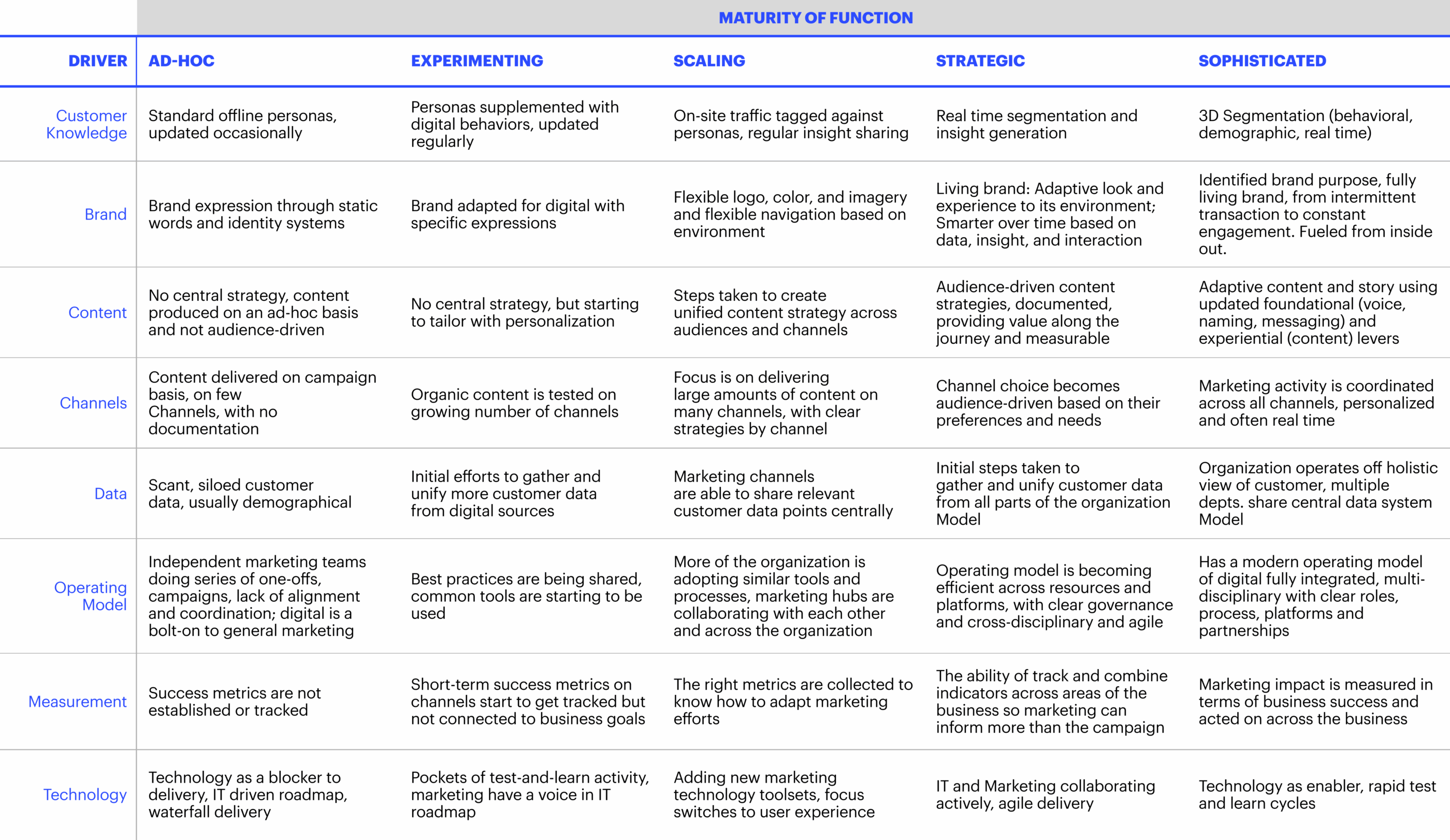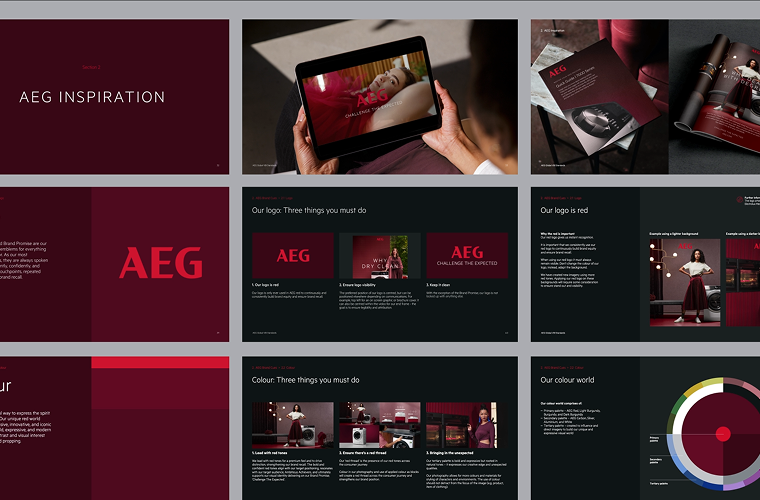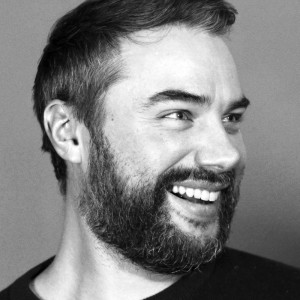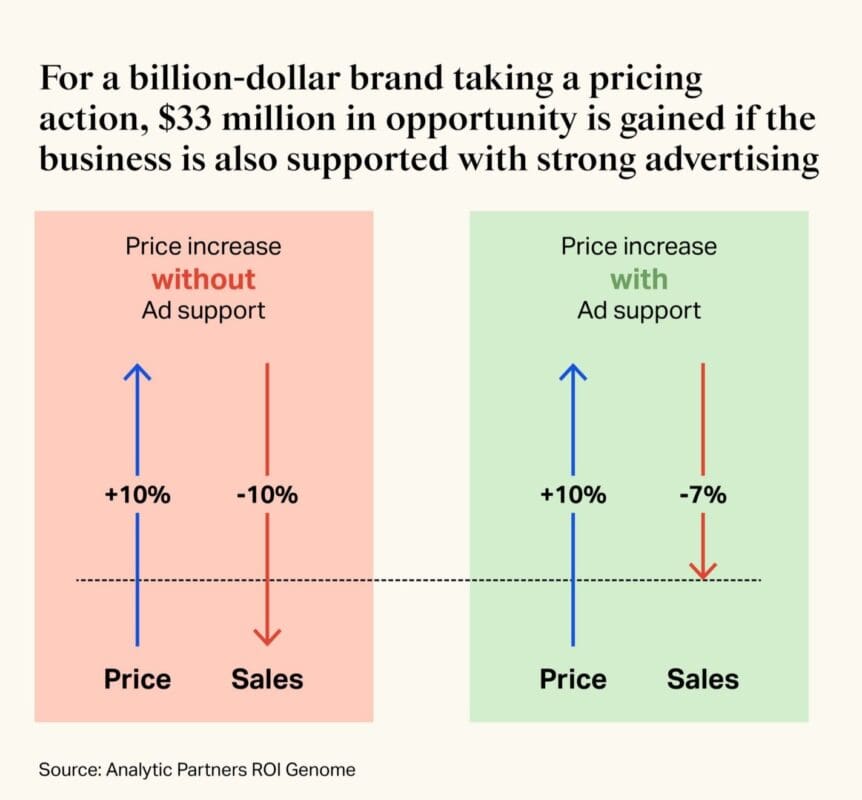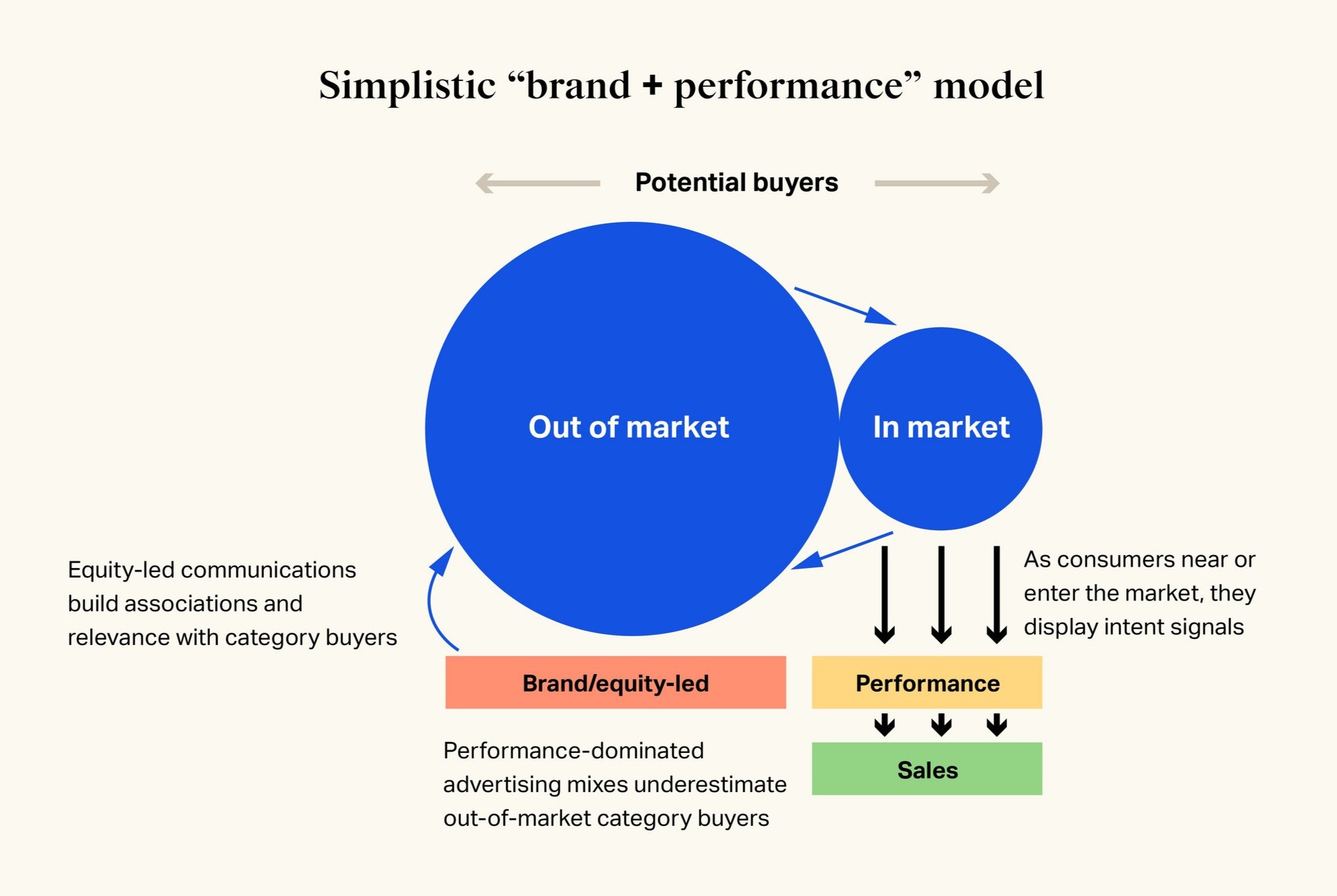BLOG
Turning Uncertainty into Opportunity: 5 Takeaways from the 2025 ANA Masters of Marketing
How leading CMOs are transforming uncertainty into a catalyst for growth, creativity, and human connection.
This year’s ANA Masters of Marketing Conference felt a little different. As Adweek put it, “The Masters of Marketing conference is trying to pivot away from case studies toward forward-looking action.”
That shift—from looking back to moving forward—was palpable across the main stage. And it resonated deeply with us at Prophet, where our purpose is to help clients unlock uncommon growth—growth that is faster, smarter, more human, actionable and sustainable. There are many ingredients which marketers can turn to—customer insights, brand, creativity, data, human-centered use of technology like A.I.
Prophet is a flagship sponsor of the new ANA Brand Practice. Our team was in Orlando, and here are five big themes we took away:
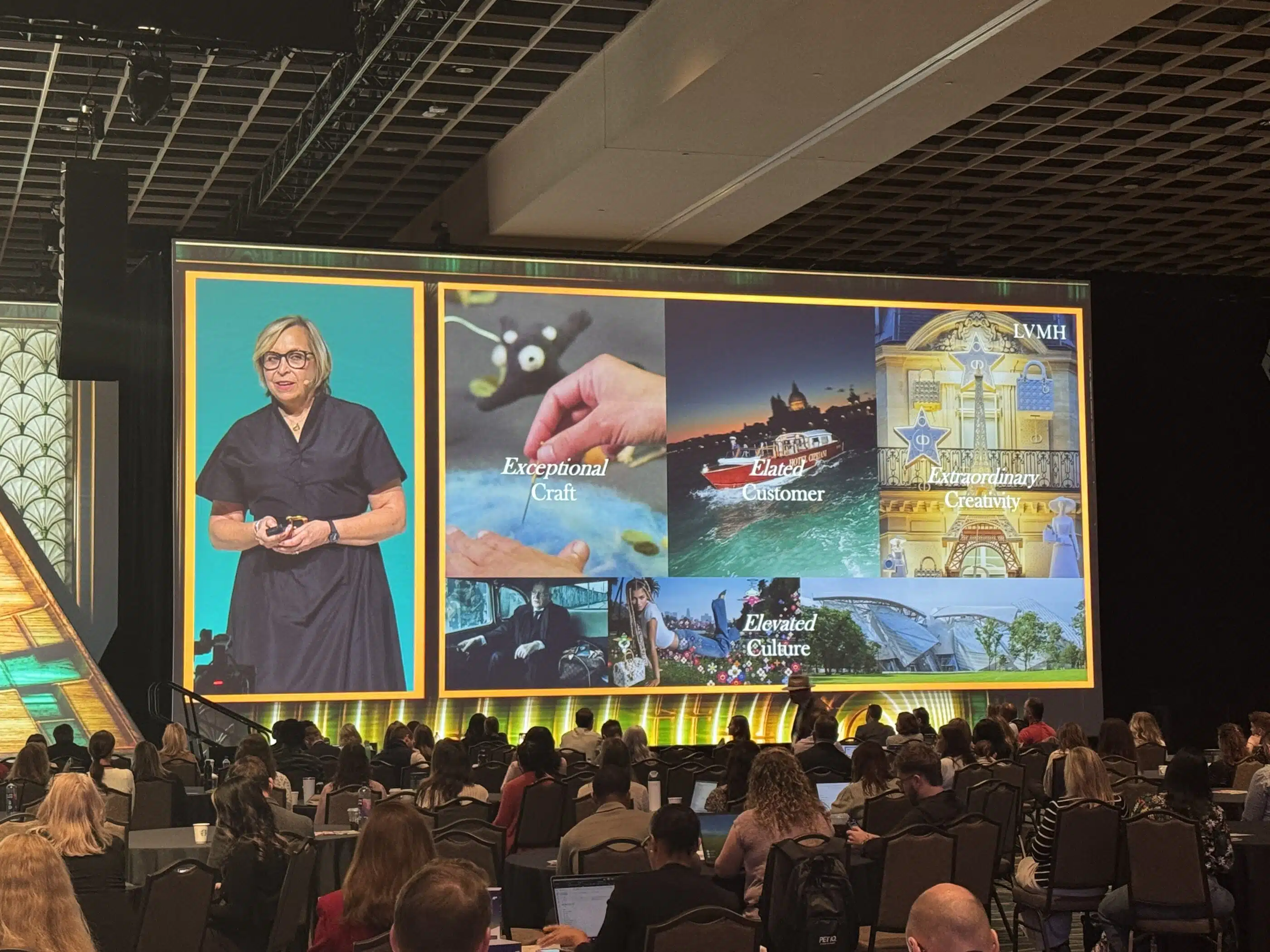
Image: Mathilde Delhoume-Debreu, Global Brand Officer at LVMH
1. Uncertainty is Opportunity in Its Rawest Form
The Excitement of AI Spills Into Our Everyday
Author and innovation expert Peter Hinssen opened the week with a challenge: “Innovate when you can, not when you need to. If you wait, you’ll be too late.”
In his keynote on the never normal, Hinssen reminded marketers that innovation follows a familiar rhythm—slow, fast, then normal again—but today’s cycle due to advances in AI is accelerating. His advice: make the “never normal” your friend.
His formula for thriving amid uncertainty felt tailor-made for today’s leaders: Anticipate. Adapt. Build resilience.
Because uncertainty, he said, isn’t chaos—it’s opportunity in its rawest form.
The next day, Shelly Palmer, founder of Palmer.ai, offered a complementary—and more provocative—take. His talk framed AI not as a technology problem, but a leadership challenge.
He walked the audience through the evolution from AI to AGI (Artificial General Intelligence) to ASI (Artificial Super Intelligence), warning that machines are already outpacing humans in narrow domains. But the bigger story, he said, isn’t fear—it’s focus.
“The language of code is English,” he quipped. “And every morning, you wake up in a world where technology is a little better than it was yesterday.”
As automation continues to eat away at operational and executional work, leaders must reclaim what is uniquely human: strategy, storytelling and systems thinking. Palmer’s point was clear—the power is not in the algorithm, but in how we choose to direct it.
Then he ended with a deceptively simple question that hung in the air: “In the future—who gets this email?”
Together, Hinssen and Palmer reframed the week’s mood: this is not a moment to fear disruption; it’s one to design for it.
2. Humanity Is the Antidote to AI
Why Emotional Connection Still Reigns
Despite the relentless pace of AI talk, the most powerful stories in Orlando were deeply human. Time and again, the brands that stood out were the ones that built intimacy, trust and meaning—not just efficiency.
Timothy Ellis, CMO of the NFL, reminded everyone that even the biggest brands need to stay personal. With access to massive budgets and cultural reach, Ellis could easily lean on spectacle. Instead, his focus is on humanizing the league—literally by “unhelmeting” players to show who they are and what they care about.
By spotlighting their personalities, passions and causes, Ellis has deepened emotional connection between fans and players—and even more strategically, between new generations of fans and the sport itself. “Our sweet spot,” he said, “is reaching people before they turn 18.”
He also took a refreshingly mature stance on brand voice in a divided culture: “I have 200 million fans,” he said. “I’m not going to make them all happy all the time.”
Hernan Tantardini, CMO at Pepsi, brought a similarly human lens to scale. He spoke about creating intimacy with consumers by knowing “every cluster” of them—across needs, moods and micro-occasions. It’s not about one big brand story, but a mosaic of connections built from deep empathy and insight.
From the B2B world, Mimi Turner and Jann Schwartz from the LinkedIn B2B Institute made the case that “radical humanity” is just as critical in business marketing. Their research on buyability revealed a surprising truth: 40% of B2B deals get stuck not because of weak propositions, but because the buying team can’t agree. Fear of messing up outweighs fear of missing out.
Their point: understanding human emotion—even in committee—is as vital to conversion as any feature or benefit.
And then there was Mathilde Delhoume-Debreu, Global Brand Officer at LVMH, who took the crowd on a visual journey through The Art of Crafting Dreams. Through stories from LOEWE, Hennessy, Tiffany and Belvedere, she shared LVMH’s “4Cs of Luxury”:
- Exceptional Craft
- Elated Customer
- Extraordinary Creativity
- Elevated Culture
Her message was elegantly simple: “In luxury, you can’t simply meet customer needs—you must surprise and elate them.”
Her presentation was a love letter to imagination, proving that even in a data-saturated world, aspiration and artistry still matter most.
Finally the theme echoed in Todd Kaplan’s session from Kraft Heinz, The Case for Brand Building in a Data-Driven World. His rallying cry: “There’s a human behind every click.”
Kaplan warned against mistaking precision for persuasion. “Data can tell us who we reached,” he said, “but not whether we truly connected.”
Together, these leaders reinforced a truth marketers sometimes forget in their pursuit of optimization: the more digital marketing becomes, the more human it needs to feel.
3. Move Fast—and Don’t Break Things
Culture, Creators and the New Rules of Agility
If there was one theme that had both energy and laughter, it came from Maggie Schmerin, CMO of United Airlines. Her talk, “Move Fast and Don’t Break Things”, was a masterclass in how to balance speed with integrity.
“We can’t break things,” she said, flashing the now-legendary “United Breaks Guitars” video to a knowing audience. “We learned that the hard way.”
Since then, United has rebuilt its brand around the mantra Good Leads the Way. Schmerin shared how that philosophy informs every creative and cultural decision. “Post-pandemic,” she said, “we came back like Michael Jordan returning to basketball—different.”
United now operates with an internal model that embeds legal, creative and communications together—allowing the team to move quickly and stay aligned. The results speak for themselves: contextual, culture-driven work like “Mean Girls” Day activations and collaborations with Travis Kelce’s podcast that feel both timely and true to brand.
The power of cultural fluency also came through in Deutsch Family Wine & Spirits’ story. CMO Dan Kleinman described the challenge of connecting with Gen Z and millennial drinkers who view wine as either intimidating or irrelevant. Their solution: start with deep insight, then innovate with both rigor and playfulness.
They launched Josh’s Seaswept, a light, accessible wine designed for casual, small-group moments. Then they went all-in on creators—embedding their message inside micro-communities rather than broadcasting from above. The payoff? Authenticity, reach and even a viral moment: a limited-edition Josh wine backpack that sold out in six hours.
Meanwhile, the creator economy itself is exploding. Nicola Mendelsohn, Head of Global Business Group at Meta, stunned the crowd with numbers: creators now generate 2 trillion minutes of content across Meta platforms every year, and the sector is projected to grow by $500 billion over the next four.
She was joined by top creator Hailey Bailey (Kalil), who gave an insider’s perspective on the new creative ecosystem. “Every brand is different,” she said. “How we work together depends on what you’re trying to achieve.”
Her advice for marketers learning the new rules of the game?
“Scroll.”
Spend time in the ecosystem you’re trying to influence. Observe how people talk, behave and share. The key to cultural marketing is participation, not prescription.
And yes, Meta also provided a little magic. During Thursday’s lunch, Christy Cooper demoed the new Ray-Ban Gen 2 AI glasses—and lucky attendees found golden tickets under their seats to take home a pair.
4. Transformation Demands IQ, EQ and CQ
Reimagining How Marketing Gets Done
Transformation was a constant refrain throughout the week—not just as a buzzword, but as a lived experience. Marketers shared stories not about adopting new tools, but about changing how the work happens.
Norm de Greve, Global CMO of General Motors, described GM’s creative rebirth as both operational and emotional. Once “the Apple of its time,” GM had lost some of its swagger. Its comeback began not with data, but with rediscovering its soul.
By shifting from buyers of marketing to makers of marketing—building in-house capabilities across brand, creative, and analytics—GM has regained control of its story. The results:
- +20% brand consideration for GMC in under a year
- Cadillac now the fastest-growing luxury brand in the U.S. and #1 in luxury EVs
At Newell Brands, Melanie Huet, President of Home, showcased a different angle: their AI-powered iHub innovation center has tripled their innovation funnel while saving hundreds of thousands in research costs.
Huet explained how Newell uses synthetic personas and generative design tools to test and refine ideas faster—proving that automation and creativity can coexist beautifully. “AI doesn’t replace imagination,” she said. “It accelerates it.”
Rahul Malhotra of Shell and Kayall Mai of Esquire Bank added another layer, emphasizing that transformation is also a human journey. Both leaders spoke about hiring and development practices shifting away from “what people know” to “how people work.”
They underscored the importance of soft skills—influencing, collaboration, resilience—and argued that as AI automates rote marketing tasks, the premium will increasingly be on empathy and orchestration.
As Malhotra put it, “AI can teach skills. Leaders must nurture behavior.”
Across industries, a new equation for capability is emerging:
- IQ for data and systems
- EQ for leadership skills, empathy, resilience
- CQ for creativity and cultural intelligence
Mastering that balance, the speakers agreed, is what will define tomorrow’s marketing organizations.
5. Think Like a Superhero: The Brand Multiverse
Building Interconnected Ecosystems That Grow Stronger Together
One of the week’s most imaginative metaphors came from Bill Leiser, CEO of WPP Media, who suggested that brands should start thinking more like Marvel.
“Brands need to move from tactical activation to interconnected ecosystems of stories,” he said. “Not a campaign—but a universe.”
It’s a metaphor that works on multiple levels. Like Marvel, great brands have consistent characters, recognizable voices and clear codes—but they evolve through fresh, interconnected stories that reflect the culture around them.
Marc Pritchard of P&G reinforced that lesson. He urged marketers to resist the temptation to constantly change direction, pointing to enduring platforms like Charmin and Old Spice that have expanded their worlds over time without losing their core.
The takeaway: brand consistency isn’t about staying the same—it’s about staying true.
And for the first time, measurement may finally enable this vision. Bill Tucker, CEO of Aquila, unveiled the ANA’s ambitious Cross-Media Measurement (CMM) initiative—an advertiser-owned platform backed by Google, Meta, Amazon, TikTok and others.
The new solution aims to fix two chronic blind spots in the industry:
- Understanding unique reach across platforms to reduce wasted frequency.
- Measuring true impact across walled gardens.
“When the industry measures together,” Tucker said, “the industry moves forward.”
Why it matters? Because better measurement unlocks better growth—through more efficient media spend, improved ad experiences and superior outcome data.
As Tucker put it, “When the industry measures together, the industry moves forward.”
FINAL THOUGHTS
This year’s Masters of Marketing wasn’t about incremental improvements—it was about transformation and the idea that uncertainty and transformation are two sides of the same coin.
From LVMH’s dream-making to GM’s soul-searching to United’s agility, the brands that will lead are those who can combine clarity and creativity, rigor and imagination, and above all, the courage to act before they have to.
In the “never normal,” that balance may be marketing’s greatest superpower.







